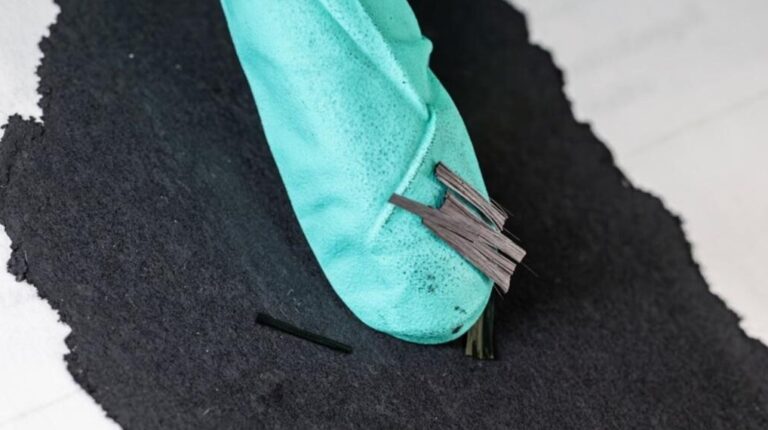Oak Ridge National Laboratory (ORNL) researchers have overcome a barrier to using a more affordable, dry process for manufacturing the lithium-ion batteries used in vehicles and electronic devices. The resulting batteries provide greater electricity flow and reduced risk of overheating.
Dry processing is a method for making electrode films that eliminates the need for wet organic solvents, which require increased factory floor space, time, energy, waste disposal and startup expenses. However, dry-processed films tear easily.
ORNL researchers incorporated long carbon fibers, then tested coin cell batteries made from the material. They found the films were stronger and more flexible as the long fibers improved the mechanical strength of the material while transferring electrons further for faster charging and discharging rates.
Although others have experimented with nanoscale carbon fibers, ORNL is the first to use long carbon fibers, according to Jaswinder Sharma, a scientist at the lab, who added that the chemical cost savings would exceed the price of the fiber.
“We think this is the next step in bringing dry-processed electrodes near to widespread use,” Sharma said. “By eliminating expensive solvents and simplifying manufacturing, this method could help US battery producers compete more effectively in the global market.”
In related news, Covestro recently developed its next-generation flame-retardant encapsulation polyurethane foam technology, which it says addresses the challenge of battery safety in electric vehicle (EV) adoption and is aligned with China’s incoming national standard


